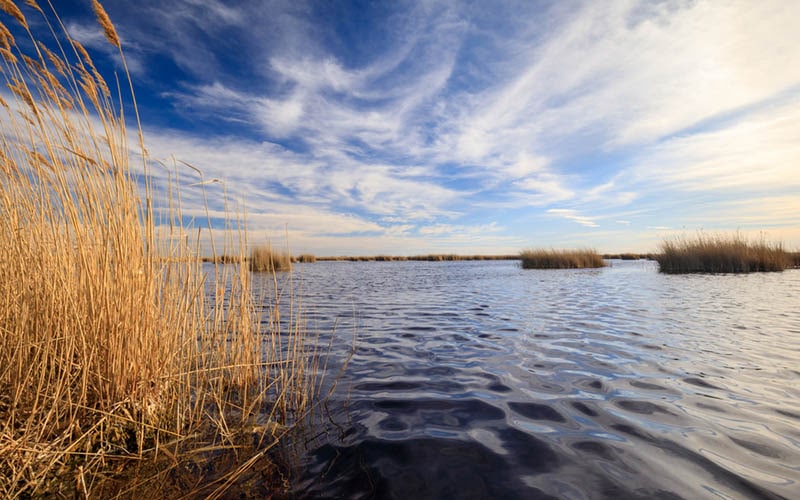This site uses cookies. By continuing to browse the site you are agreeing to our use of cookies. Read our privacy policy
Environment
Projects and Programs
Forests cover nearly one third of the world's land surface, but logging, poaching, and unsustainable land use result in the loss of tens of millions of hectares each year. We are committed to protecting forests and species habitats with innovative technology solutions.

A Species in Focus: Safeguarding Mexico's Jaguars
Infrared cameras, audio monitoring, cloud, and AI are protecting biodiversity in Dzilam State Reserve

Nature Guardian
The project uses acoustics technologies, cloud, and AI to detect and analyze sounds that threaten biodiversity, including poachers' gunshots and the chainsaws used for illegal logging.
Pollution, overuse, and climate change affect the health of our oceans. Technology can help conservation workers more efficiently protect endangered marine life and restore coral reefs.

Smart Whale Sounds, Ireland
Using cloud AI and bioacoustics to study whales, dolphins, and porpoises off Ireland’s south coast
With more than 85% of wetlands lost globally, we are committed to developing cutting-edge solutions to protect river, lake, and coastal wetlands.

Nature Guardians: Battling Biodiversity Loss in Austria's Wetlands
AI-powered "Guardians" have been deployed in Seewinkel National Park to study local species and the effects of climate change.



